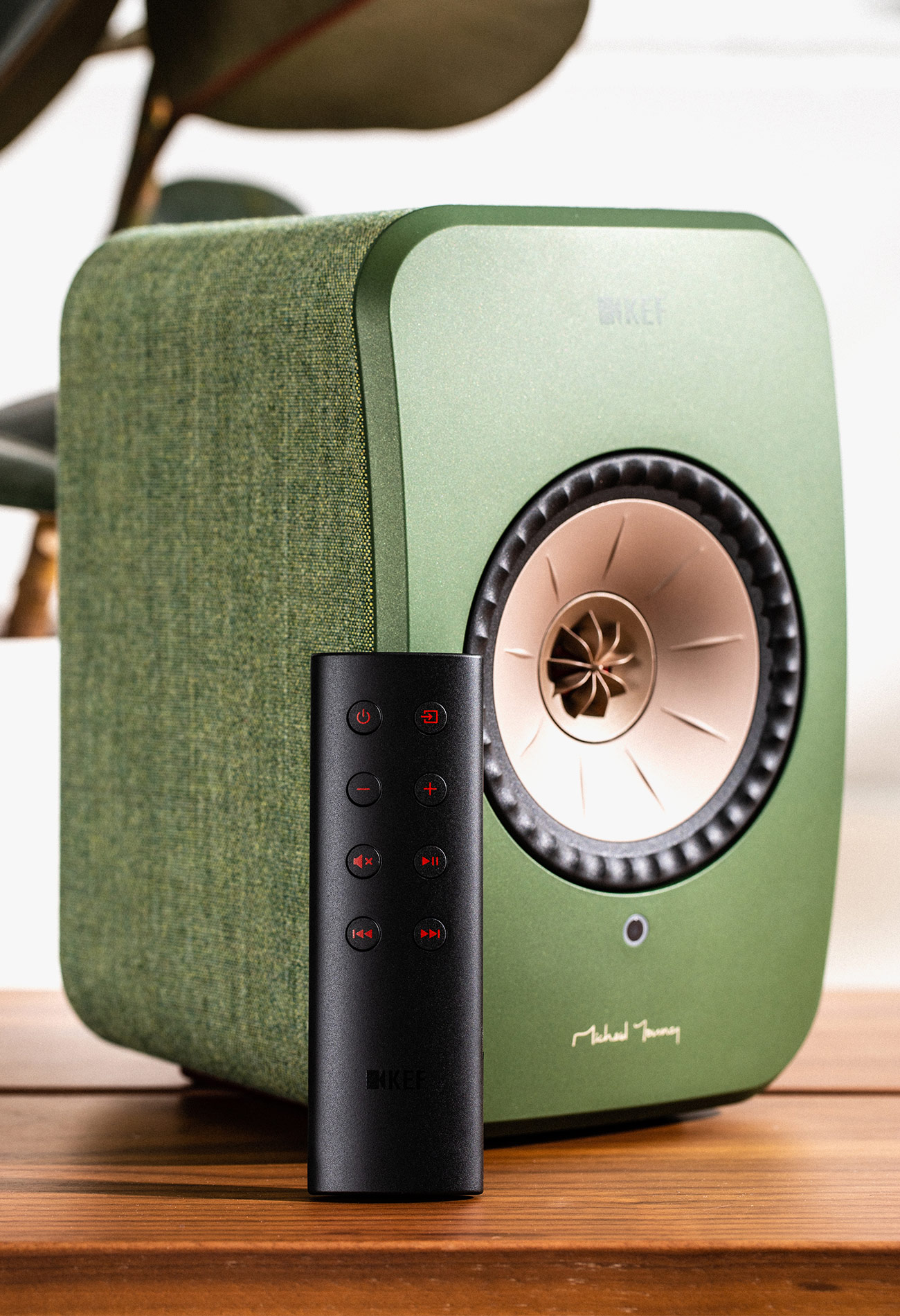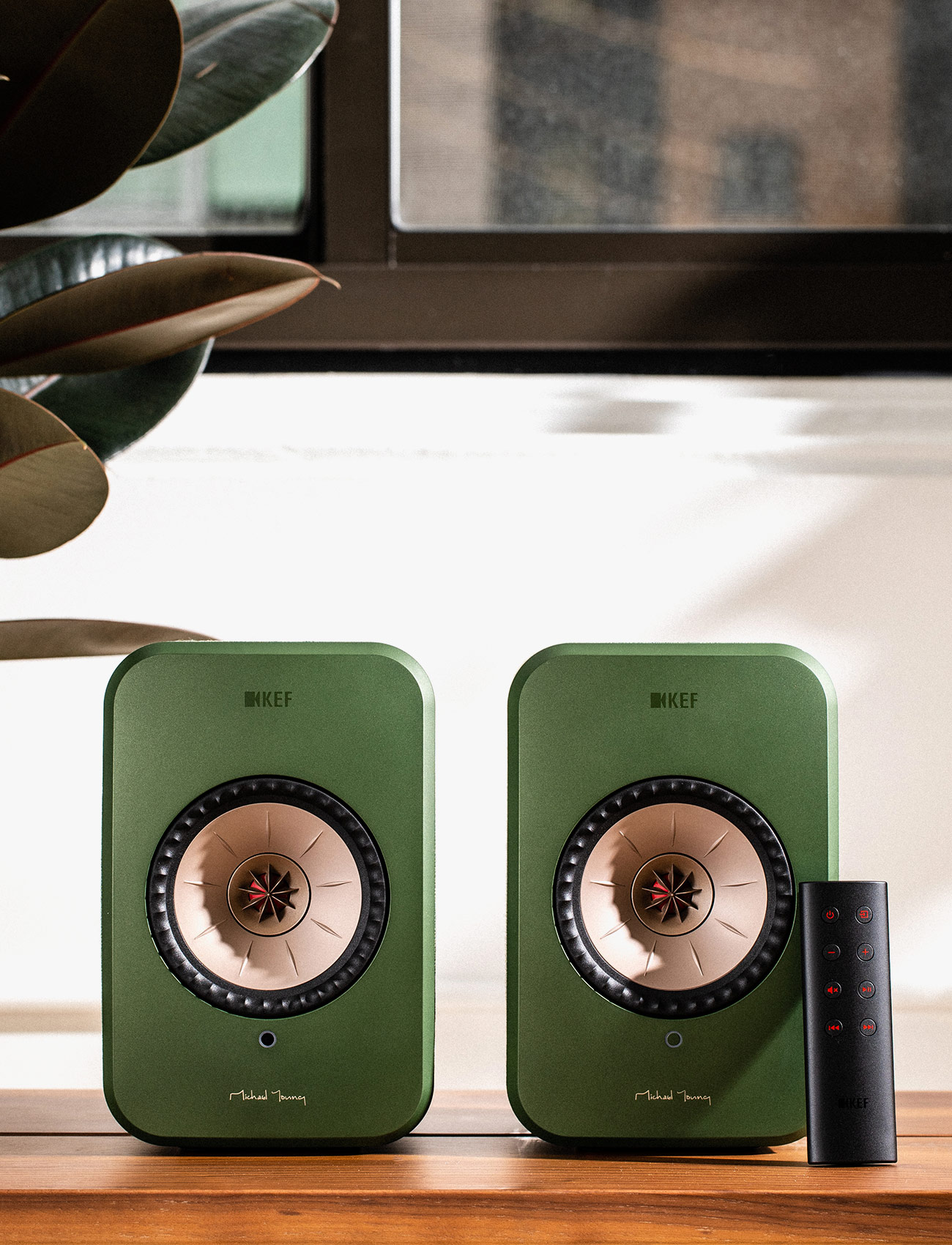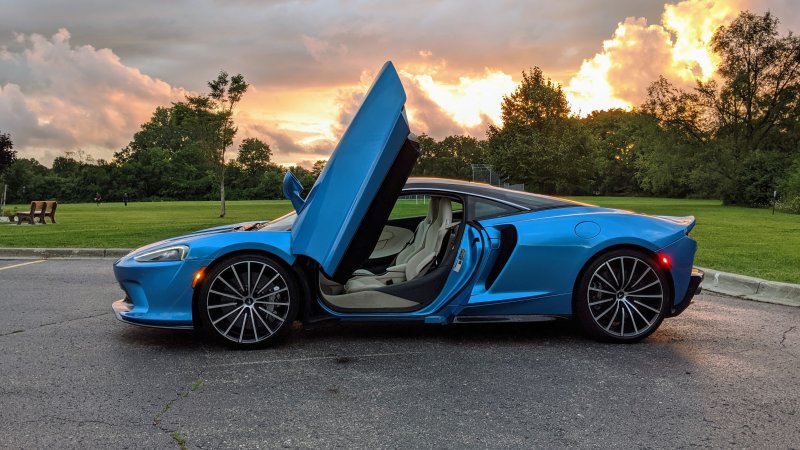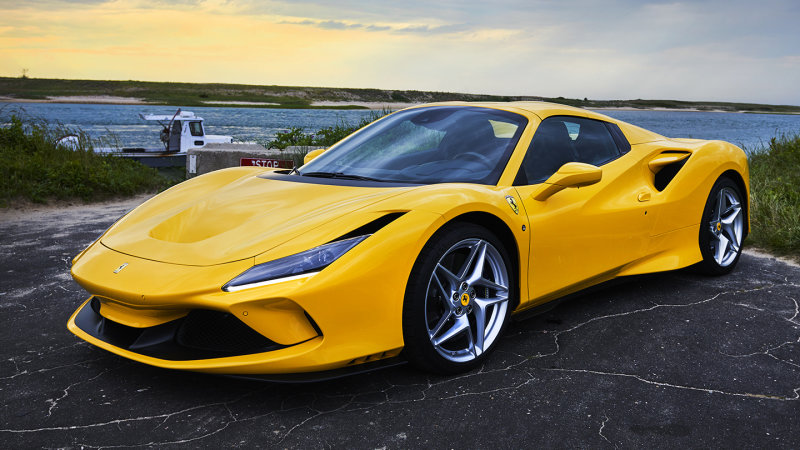The LSX ($1,100) is KEF’s newest and smallest wireless speaker system. It looks similar to the company’s acclaimed LS50 Wireless ($2,000), which we called the “perfect hi-fi all-in-one speaker system” earlier this year. It’s designed in the LS50’s image too: each speaker is built with the same signature Uni-Q driver, and the system boasts the multitude of connectivity options. You can connect the speakers to your TV (via optical), your turntable (via RCA), your smartphone (via aux) or your computer (via USB). Or you can stream directly to them over wi-fi, through Tidal and Spotify apps, or over Bluetooth.
Essentially, the LSX is the same exact wireless stereo speaker system as the LS50 Wireless, only its speakers are roughly 1/3 the size. The system is less powerful, too. It runs 100-watts per channel rather than 230-watts per channel like the LS50 Wireless, meaning it won’t sound quite as amazing. That said, the LSX is also half the price making it a lot more accessible (and appealing) to most people. Also, unlike the larger LS50 Wireless, the LSX speakers come in playful colors: blue, maroon, olive, white and black.
|
The Good: The LSX delivers exceptional stereo sound, especially considering each speaker’s size. It’s also a convenient all-in-one system, no separate receiver needed. You don’t need any external amplification. These are active and powered speakers that work all on their own. Also, because of their diverse connectivity options, you can use them however you want: as TV speakers, as hi-fi bookshelf speakers or as wireless speakers that you stream from your smartphone, just like you would Sonos speakers. Lastly, AirPlay 2 support is coming in early 2019, so you’ll be able to pair with compatible speakers in a multiroom system.
Who It’s For: An audiophile speaker nerd or somebody just searching for a great stereo sound. Unfortunately, if you have other speakers or an advanced hi-fi system, there’s probably no need to get the LSX system as it’s designed to work all on its own. And, obviously, even though the LSX sounds terrific and is basically half the price of the LS50 Wireless, $1,000+ still isn’t pocket change.

Watch Out For: One main difference between the LSX and the LS50 Wireless, besides size and power, is that the LSX master and slave speakers don’t need to be wired together (via ethernet) to work, meaning you’re not confined to placing them a few feet apart. On the flipside, however, if you choose this wireless option, the audio resolution goes down to 48kHz/24-bit rather than 24-bit/192kHz, which is a sacrifice most audiophiles won’t be willing to make. Then again, you can always have them tethered together, like you can the LS50 Wireless, to sound their best. Lastly, besides being fairly expensive, each LSX speaker still needs its own power source; when wall outlets are at a premium, this can be a bit frustrating.
Alternatives: There’s a scarcity of active and powered bookshelf speakers that are as versatile as the LSX. Obviously, if you’re looking for the ultimate bookshelf speakers – and money isn’t an issue – I’d go for the LS50 Wireless. The Naim Mu-so ($999) system is an excellent alternative. It’s a wireless hi-fi speaker system that supports AirPlay, though it won’t produce the same stereo experience. Another alternative that’s in the same price range is Devialet’s new mono hi-fi speaker, the Phantom Reactor ($999+).
Review: There are two main pillars of the LSX experience: its sound quality and its versatility. I’ll begin with the latter. In the three weeks that I’ve been listening to these speakers, I’ve used them in a variety of ways. I started out using them as wireless streaming speakers – playing through Spotify Connect, specifically – and they were incredibly convenient. Plug them in. Download an app. Connect to wi-fi. And from there, it was basically like using Sonos. I didn’t have to go back into the KEF app – which admittedly isn’t great – I could just play music through the Spotify app. Wonderfully easy.
Then, I hooked them up to my Vizio 4K TV (it’s an M-Series from 2017) via an optical cable and, let me tell you, to say there was a vast improvement in audio quality would be a disservice. Heck, I normally have two Q Acoustics 3020 speakers, which are good entry-level passive speakers, hooked up to an AV receiver and then to my TV. The LSX are so so much better. Watching Interstellar on Blu-ray and hearing Hans Zimmer’s score thumping felt amazing. (Maybe not to my neighbors.)

There’s also an aux port on the back of the master LSX speaker. Recently, I’ve been testing Amazon’s new Echo Input ($35) as well – essentially an Echo Dot, just without a speaker. I’d been using the Echo Input with a Bose Bluetooth speaker, but thought it’d be funny/amazing to hook it up to this LSX. And it worked, basically turning it to the coolest smart speaker system I’d ever heard. There were some caveats, of course: the LSX had to be turned on to play; it wasn’t always on like an Amazon Echo; I wouldn’t actually recommend people using the LSX this way. But, again, it worked.
If I had a turntable or an external subwoofer in my apartment, I could’ve easily connected these speakers to work with either or both. If I had a Sonos Amp, I could’ve used the LSX with my Sonos speakers. The options are kind of endless, especially when you consider that AirPlay 2 support is coming to the LSX in January of 2019. That said, I imagine most people would just listen to these speakers as they are, in all their stereo glory. That’s how I preferred to listen to them.
As good as these speakers sound, and even though they share most of the same tech as the LS50 Wireless, the LSX obviously can’t match the sound of their larger and more powerful sibling. That said, they deliver a fantastic audio experience. The bass is powerful – surprisingly so from speakers this compact. The midrange and treble separation is clear and makes everything feel more warm, balanced and immersive; this is very noticeable when listening to powerful film soundtracks or when streaming audio from Spotify.
Lastly, our editor-in-chief had a bit of a conniption when he saw that I requested the LSX in green — sorry, olive — but, frankly, I test too many white or black speakers. This was fun. This was different. Although, if I had to do it all over again, I think I would’ve gone for the LSX in blue, which looks amazing. (By the way, just before publication, after seeing the photos, he said, “You know, the green is growing on me.”)
Verdict: Frankly, there’s no glaring weakness with the KEF LSX. This system is still fairly expensive, true, but it’s the most versatile, compact speaker system that I’ve come across. You can connect it to your TV or turntable, or stream straight from the Spotify (and soon-to-be Apple Music) app. It’s also so, so easy to use. You don’t have to be an audiophile or tech nerd to really enjoy the LSX. You just have to be somebody who appreciates fantastic stereo audio.
What Others Are Saying:
• “The LSX doesn’t defy the scientific logic of smaller drivers and boxes equalling smaller sound, but that doesn’t feel like a shortcoming, especially considering its soundstage is more expansive than that of its closest rival, the Naim Mu-so.” — Anonymous, What Hi-Fi?
• “There’s no denying that these speakers provide a high level of audio quality, with a warm and balanced sound. Although they are by no means cheap, we think they are a fantastic investment for any audiophile who doesn’t want to clutter their home with huge towers.” — Olivia Tambini, TechRadar
• “Integration from the bottom of the frequency range to the top is excellent – no area sticks out, even though the mid-range – which is effortlessly communicative with the nuance of singers – is worthy particular mention. Low frequencies are low enough – there’s a subwoofer pre-out on the “master” speaker for those who don’t care what the neighbors think – and treble sounds are reasonably crisp. KEF has struck a sensible balance with the tonality of LSX: it has reasonable levels of attack, but never threatens to run away with itself or lose control..” — Simon Lucas, Trusted Reviews
Key Specs
Drivers: 4-inch Uni-Q driver
Frequency Range: 49Hz – 47kHz
Power: 100-watts per channel
Max Volume: 102dB
Resolution: up to 24-bit/192kHz (wired); up to 48kHz/24-bit (wireless)
Connectivity: wi-fi, Bluetooth
Inputs: 3.5mm jack, Toslink Optical, ethernet
Colors: white, black, olive, blue, maroon
Weight: 7.7 pounds (slave) and 7.9 pounds (master)
|
KEF provided this product for review.

Hot takes and in-depth reviews on noteworthy, relevant and interesting products. Read the Story




